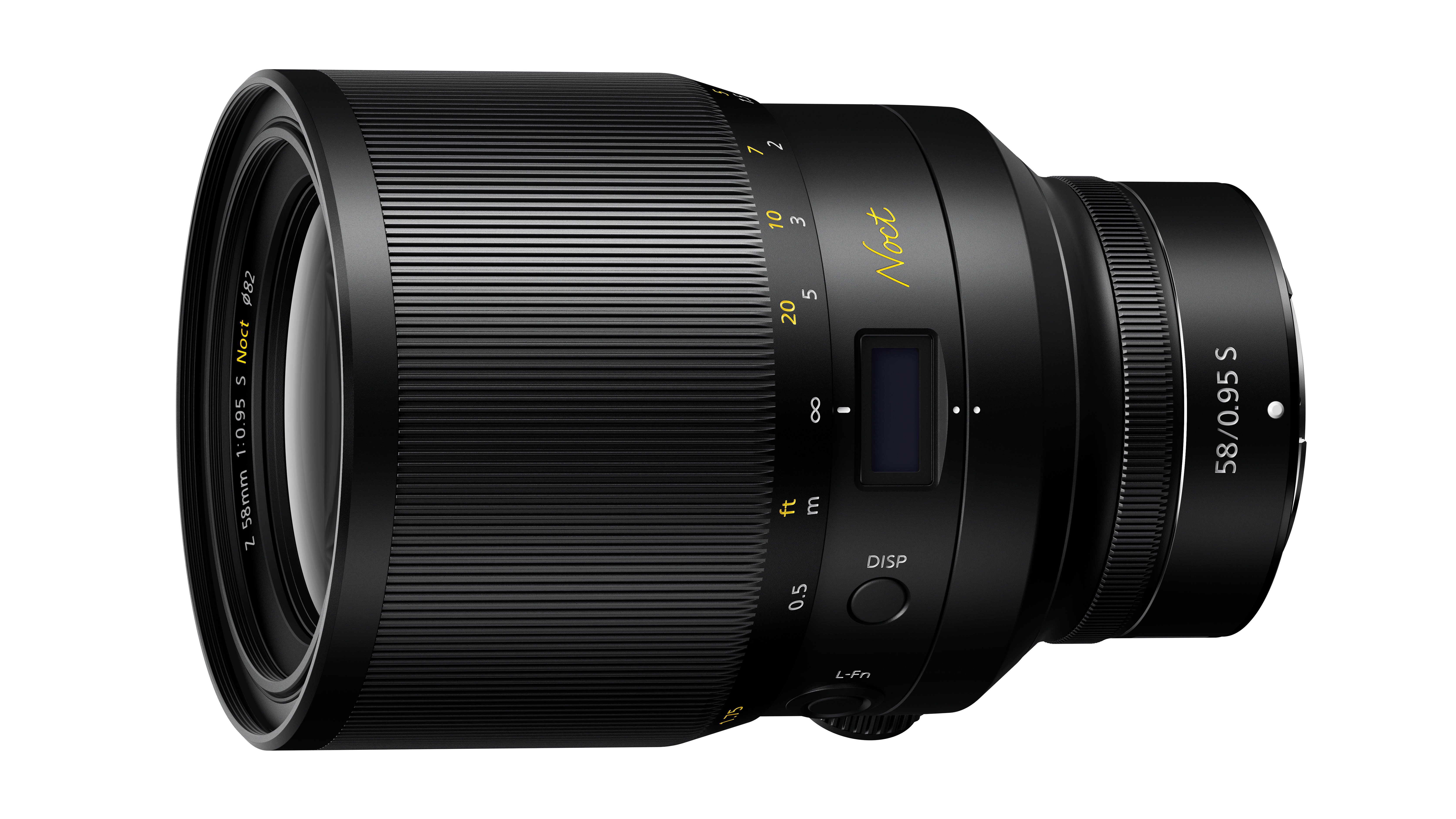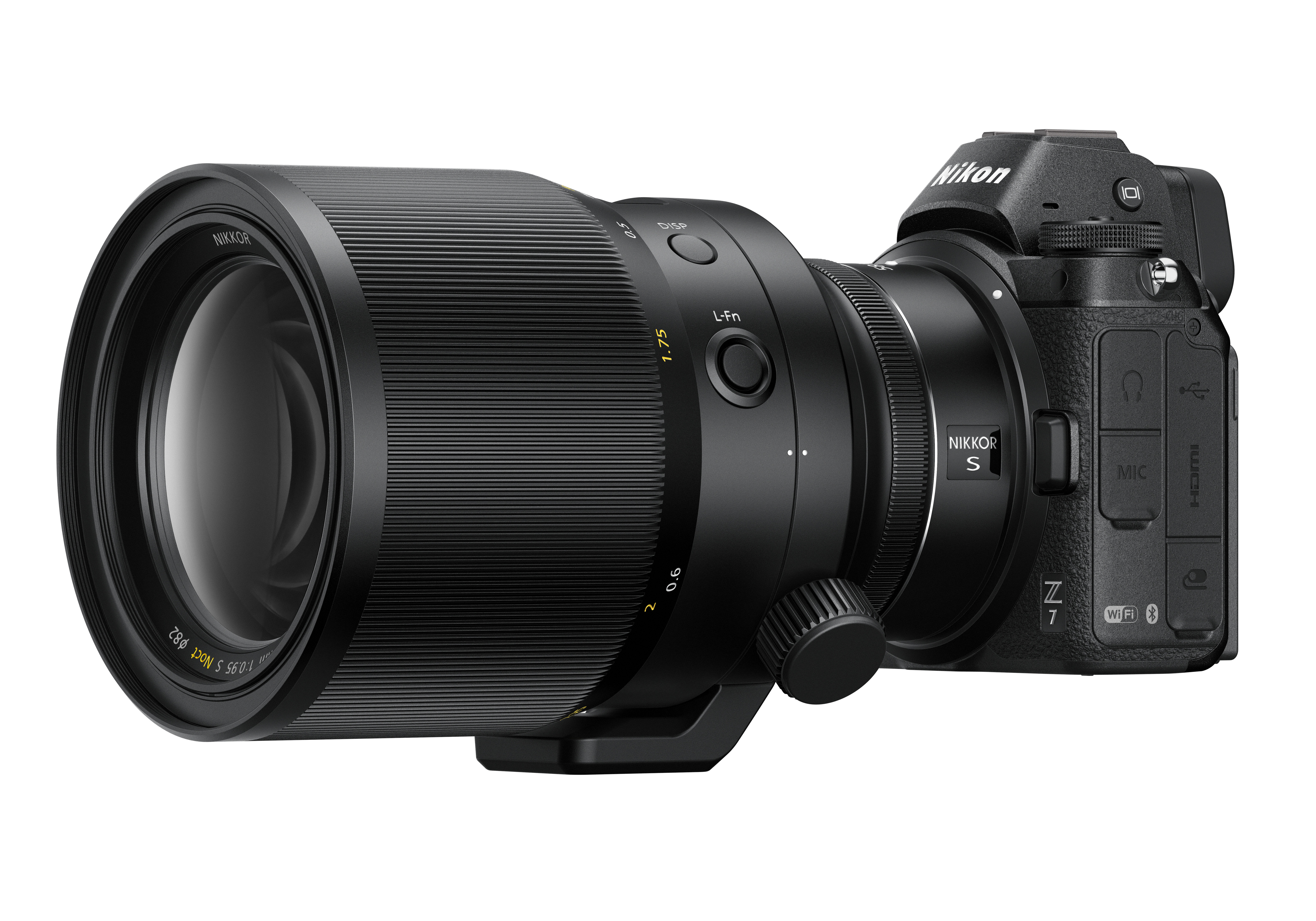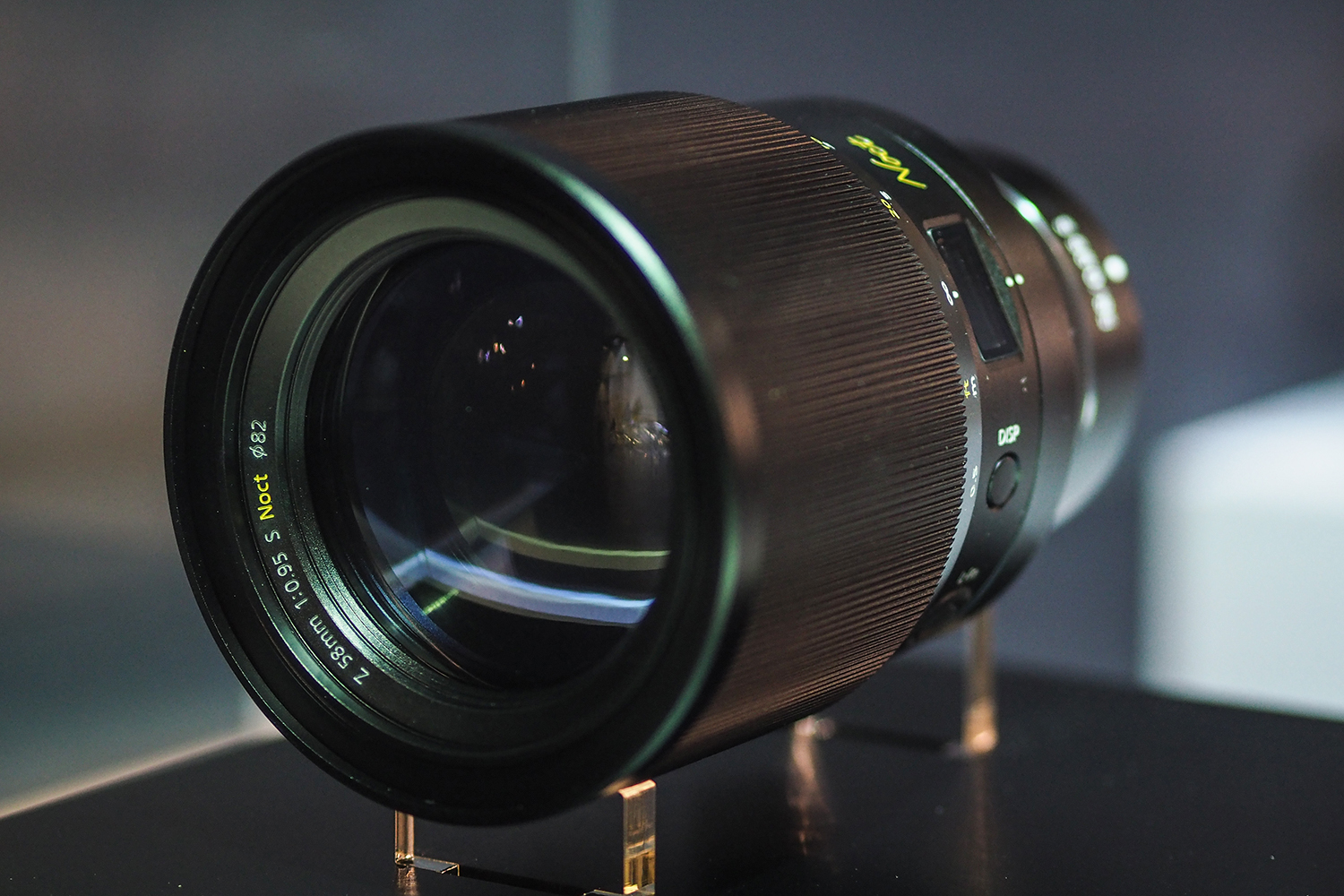The $8,000 question: just HOW good is the Nikkor Z 58mm f/0.95 S Noct?
Does an $8,000 price produce $8,000 performance? We analyze the Nikkor 58mm f/0.95 Noct lens in depth…

Few lenses capture as much attention as Nikon's latest future classic, the Nikkor Z 58mm f/0.95 S Noct. Following a history of ultra-exclusive lenses, it continues a bloodline that includes a number of exotic optical oddities.
While there are some very enticing lenses on the Nikon Z lens roadmap, nothing compares to the Fisheye-Nikkor 6mm f/2.8 – which had a field of view so wide that it could actually see behind itself. And then there's the incredible Zoom-Nikkor 1200-1700mm f/5.6-8P IF-ED, which when launched in 1990 with an asking price in the region of $75,000 – around $147,000 (£113,233 / AU$213,192) in 2020 money.
On this basis, the $8,000 Nikkor Z 58mm S Noct is dangerously close to being 'affordable'. And for those with sufficient means, the Noct's rarity and desirability will likely make it an appreciating investment asset. However, money, rarity and heritage aside, is the Noct actually any good from a purely optical perspective?
• Read more: Nikkor Z 58mm f/0.95 Noct review




Let's start with sharpness. Taking a casual glance at our lab test scores, you could be forgiven for being slightly disappointed. We only had a Nikon Z 6 body with which to test the lens, and its 24.5MP sensor is never going to push the optical performance of a lens like the 45.7MP Nikon Z 7 can. However, when you compare peak center-frame sharpness to another Nikkor Z-mount lens that we've also tested on a Z 6 - the Nikkor Z 24mm f/1.8 S – the latter actually comes out on top at its sharpness sweet spot of f/2.8-f/4. (and don't worry, we ran the Noct though several test runs to ensure top manual focus accuracy).
But this doesn't tell the whole story. What makes the Noct so special is that Nikon engineers have managed to make the Noct sharp right across the image frame, and also throughout the aperture range, including at f/0.95. That last bit is a very rare feat of optical engineering, as the majority of super-fast large aperture lenses are far from sharp when shooting wide open, often requiring to you to stop down one or even two stops to reach acceptable center sharpness. And even then, corner sharpness can still be lackluster.
The fact that the Noct's center-frame sharpness at f/0.95 is within 20% of its peak center sharpness (occurring at f/2.8) is nothing short of superb, and the same can be said of corner sharpness at f/0.95, which is within 25% of the center sharpness score at this aperture. This is particularly good news for it as an astrophotography lens, where high cross-frame sharpness is often required – you can have this at f/0.95. So often the largest aperture of a super-fast lens is practically unusable due to poor sharpness, but the Noct is quite the opposite.
Get the Digital Camera World Newsletter
The best camera deals, reviews, product advice, and unmissable photography news, direct to your inbox!

Another factor that can negate the benefit of having a large max aperture is the extent of chromatic aberration (visible as purple fringing outlining high contrast boundaries) present when shooting wide open. But again, the Noct passes our fringing test with flying colours.
From wide open right through to its smallest aperture of f/16, the lens never produces more than a negligible amount of fringing, even at the corners of frame where it's usually most prevalent. We test for fringing with in-camera aberration correction disabled, so there's no camera trickery to flatter the lens. Again, astrophotographers will relish this optical quality, as images of the night sky can be about as high-contrast as photography gets.
Our final lab test assesses the degree of distortion produced by the lens. And what do you know, the Noct's distortion figure (0.05) is as close to zero as we can practically achieve within our testing margin for error (as with our fringing test, in-camera lens corrections are disabled so we can assess true optical performance).
This is undoubtedly another impressive result, though it's worth noting that, for a full-frame lens, a 58mm focal length lies at a sweet spot between where the barrel distortion so often associated with wide-angle lenses transitions to the pincushion distortion that can affect telephoto lenses. Consequently, we wouldn't expect any 58mm lens to produce significant distortion.
Sure, the practicality of shooting at f/0.95 with the wafer-thin depth of field available is another matter, especially when you only have manual focus and a keen eye to rely on. But, assuming you have the skill/luck to nail the perfect focus, along with a very steady hand, the Noct is capable of stunning all-round image quality at any aperture.
Read more:
Ben is the Imaging Labs manager, responsible for all the testing on Digital Camera World and across the entire photography portfolio at Future. Whether he's in the lab testing the sharpness of new lenses, the resolution of the latest image sensors, the zoom range of monster bridge cameras or even the latest camera phones, Ben is our go-to guy for technical insight. He's also the team's man-at-arms when it comes to camera bags, filters, memory cards, and all manner of camera accessories – his lab is a bit like the Batcave of photography! With years of experience trialling and testing kit, he's a human encyclopedia of benchmarks when it comes to recommending the best buys.

